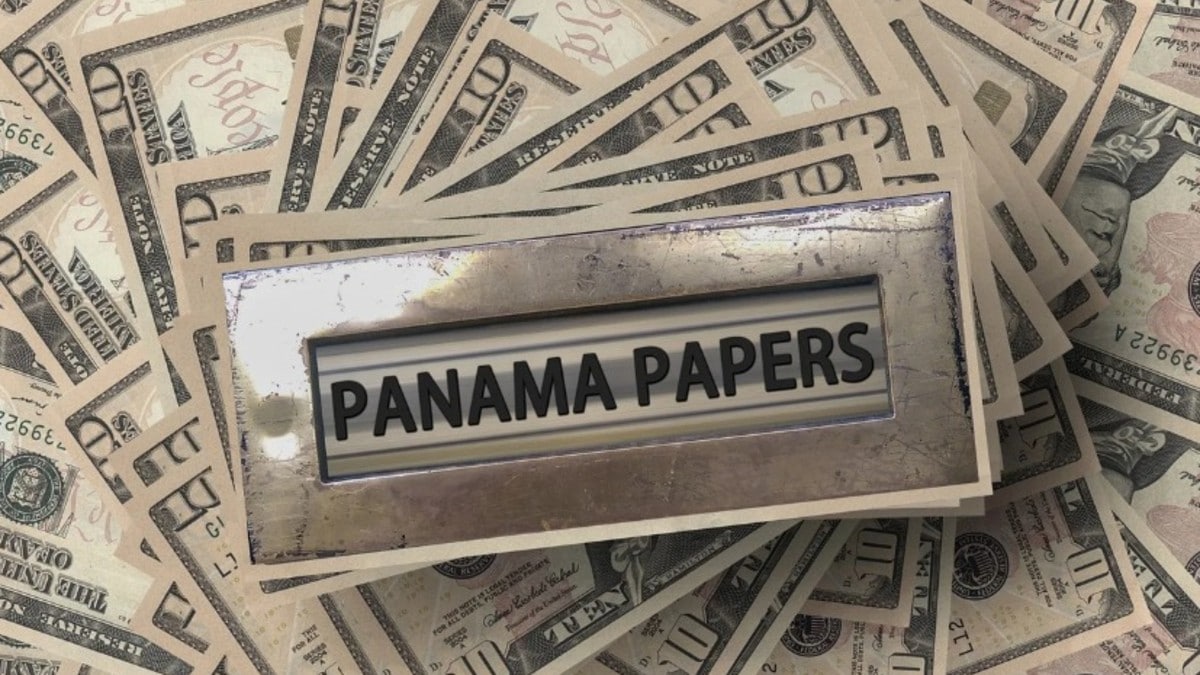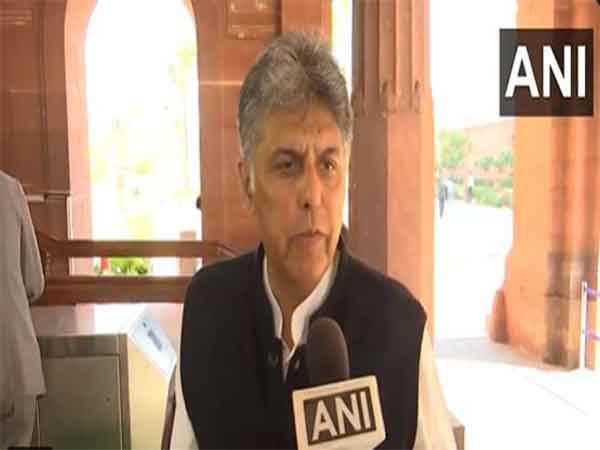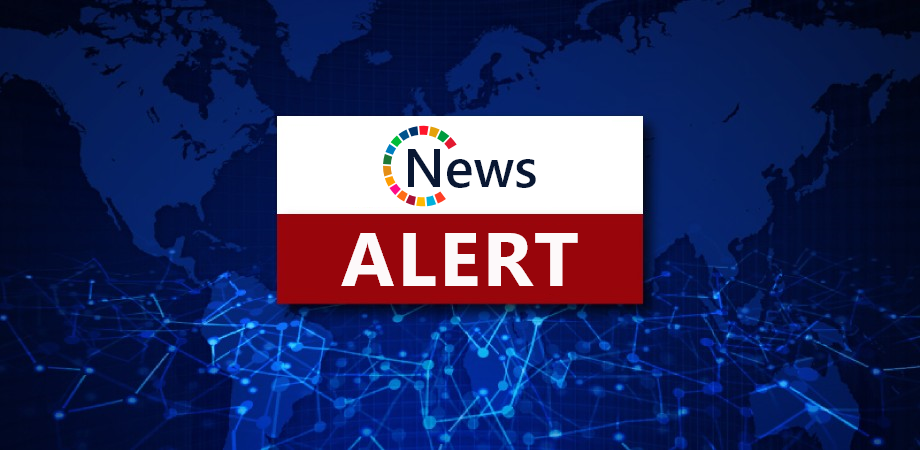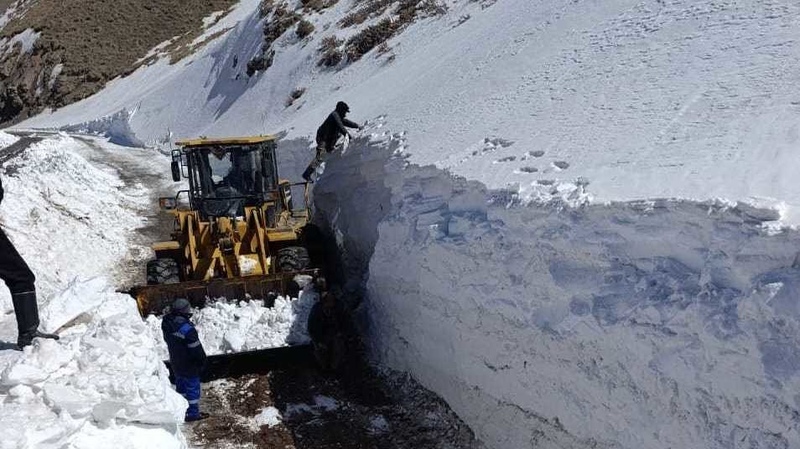
Today, April 3, is World Party Day, but it’s also a significant day due to some historical occurrences. Nine years ago today, Mossack Fonseca, the fourth-largest offshore legal company in the world at the time, had its database compromised, exposing 11.5 classified documents known as the Panama Papers.
The scandal exposed the ways in which the global financial system offers financial secrecy to politicians, football stars, celebrities, and even fraudsters, and money launderers. On this day in 1973, Motorola engineer Martin Cooper, standing on a street in New York, made the first mobile phone call in public from a portable device. He was calling Bell Labs competitor Joel Engel.

Here’s all this and more in Firstpost Explainers’ History Today series. The Panama Papers are the 11.5 million leaked encrypted confidential documents that belonged to now-defunct Panama-based law firm Mossack Fonseca.
Known as the “Panama Papers,” the German newspaper Süddeutsche Zeitung (SZ) published the documents on April 3, 2016. A network of over 214,000 tax havens involving individuals and organisations from 200 different countries was made public by these records. It was discovered that 140 politicians and public figures from all around the world, including 12 current and previous world leaders, kept secret offshore holdings.
In general, offshore corporate entities are legal, and the majority of the documents revealed no improper or unlawful activity. However, reporters exposed that some of the shell companies Mossack Fonseca established had been used for illicit activities, such as tax evasion, fraud, and evading international sanctions. An anonymous person identifying themselves as “John Doe” contacted the SZ in 2015 and offered to disclose the data.
The newspaper claims that Doe made no demands for monetary payment in exchange. This is considered to be one of the biggest data leaks in history, with a total volume of approximately 2.6 terabytes of data covering the years from the 1970s until the spring of 2016.
The disclosures were made public after a year-long collaboration between SZ and the International Consortium of Investigative Journalists (ICIJ) to decrypt the encrypted data. With a brick-sized device in hand, Martin Cooper made the first public cell phone call to his rival, with whom he was competing for the device’s development, on April 3, 1973. “I’m calling you on a cell phone, but a real cell phone, a personal, handheld, portable cell phone,” then-Motorola engineer Cooper, standing on a sidewalk on Manhattan’s Sixth Avenue, said on the phone to Joel Engel, head of AT&T-owned Bell Labs, according to CNN .
According to CNN , Cooper, who was an engineer at Motorola at the time, called Joel Engel, the head of AT&T-owned Bell Labs, and stated, “I’m calling you on a cell phone, but a real cell phone, a personal, handheld, portable cell phone.” Anyone passing Cooper on the street that day could have witnessed history being made. Before that initial contact, Motorola had been vying with Bell Labs, AT&T’s renowned research division that had created the transistor and other inventions, to produce a cell phone for months.
“They were the biggest company in the world, and we were a little company in Chicago,” Cooper recalled, adding, “They just didn’t think we were very important.” After Cooper’s first call, manufacturing issues and government regulation slowed the progress bringing the phone to the public, he said. Government regulations and manufacturing problems hindered the phone’s public release after Cooper’s initial call, he said.
Cooper, for instance, remembers the Federal Communications Commission having a difficult time deciding how to divide up radio stations in order to maintain competition. It would take a decade for a version of the DynaTAC (Dynamic Adaptive Total Area Coverage) phone to hit the market, at a steep $3,900. On this day in 1996, American criminal Theodore Kaczynski (pronounced kah-ZIHN’-skee) was arrested at his remote Montana cabin by FBI agents.
His first bombing at a Chicago university in 1978 brought him to the attention of the FBI. Over the next 17 years, Kaczynski delivered a series of bombs that killed three people and wounded 23 in an attempt to bring about “a revolution against the industrial system.” His homemade, untraceable bombs grew increasingly complex and lethal over time.
Tracking him down was one of the FBI’s most time-consuming and expensive manhunts. An FBI-led task force comprising the US Postal Inspection Service and ATF was set up in 1979 to look into the “Unambomb” investigation, which was code-named after the linked UNiversity and Airline BOMbing targets. Over 150 full-time analysts, investigators, and others would join the task force.
The crew thoroughly examined the lives of the victims and conducted forensic analysis on the seized bomb components in an effort to find hints. Nevertheless, these attempts to identify the bomber were not very successful. In 1995, the case took a significant turn.
The Unabomber claimed to have explained his motivations and opinions on the problems of contemporary society in a 35,000 word essay that he delivered to the FBI and was later published in The Washington Post . Although thousands of people offered their names as potential suspects, one in particular caught the attention of David Kaczynski, who told of his troubled brother Ted, who was raised in Chicago, taught at the University of California at Berkeley (where two of the bombs had been placed), briefly resided in Salt Lake City, and then made his home in the basic 10’ x 14’ cabin both brothers had built close to Lincoln, Montana. Combined with information gathered from the bombs and Kaczynski’s life, that analysis served as the foundation for a search warrant.
Numerous bomb components, 40,000 handwritten diary pages detailing bomb-making experiments and Unabomber crime descriptions, and one live bomb, ready for shipment, were discovered by FBI officials upon his arrest. With inputs from agencies.











